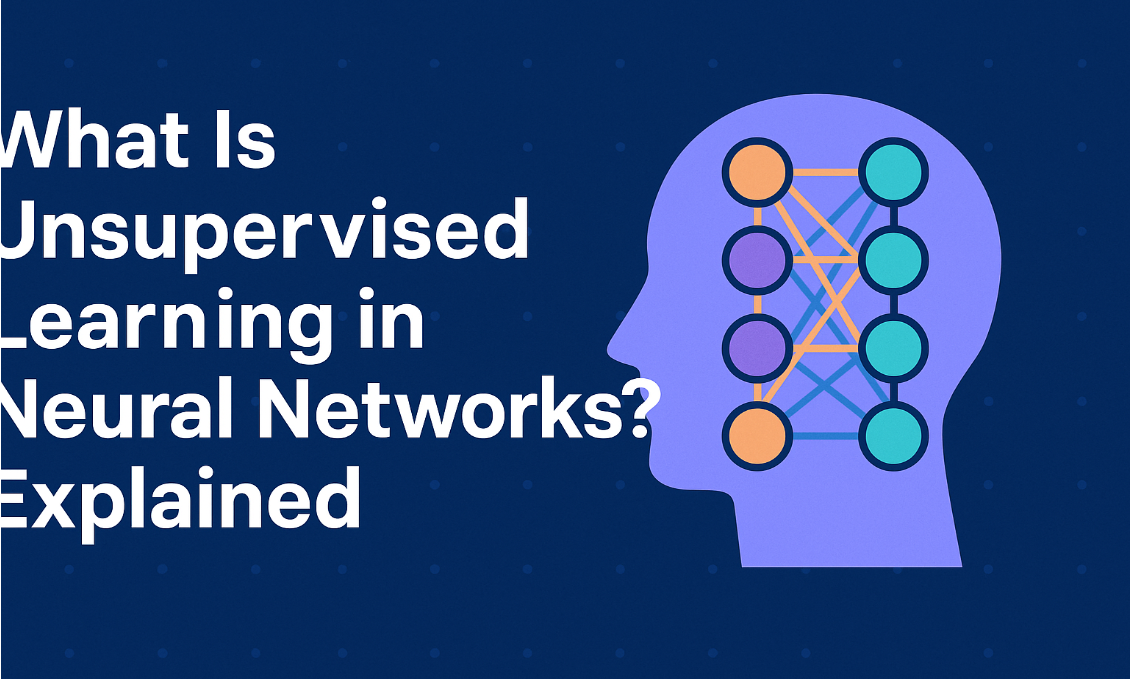
Charge, Current, Voltage, Energy, and Their Interrelationships
Introduction
Electricity is one of the fundamental forces that power our modern world. Understanding key electrical concepts such as charge, current, voltage, and energy is crucial in engineering, physics, and technology. These elements are interconnected and form the foundation of electrical circuits, power generation, and electronic devices. In this article, we will explore these concepts, their history, real-life applications, advantages, and problem-solving examples to provide a complete understanding.
Table of Contents
Understanding Charge
What is Electric Current?
Concept of Voltage
Definition of Energy in Electrical Systems
Interrelationship Between Charge, Current, Voltage, and Energy
Real-Life Applications
Advantages and Disadvantages
Courses to Learn More
Problem-Solving Example
Conclusion
1. Understanding Charge
Charge is the fundamental property of matter that causes it to experience electrical force. It exists in two types: positive and negative, typically associated with protons and electrons, respectively.
History of Charge
The concept of charge was first explored by Thales of Miletus in ancient Greece. Later, scientists like Benjamin Franklin and Michael Faraday formalized the study of electric charge, leading to modern-day electricity and magnetism.
Formula & Unit
Charge is measured in Coulombs (C) and follows the equation: where:
= charge (Coulombs)
= current (Amperes)
= time (seconds)
2. What is Electric Current?
Electric current is the flow of charge through a conductor per unit time. It is measured in Amperes (A).
Types of Current
Direct Current (DC) - Flows in one direction (e.g., batteries)
Alternating Current (AC) - Reverses direction periodically (e.g., household electricity)
Formula
3. Concept of Voltage
Voltage (or electric potential difference) is the force that drives electric charge through a circuit.
Formula & Unit
Voltage is measured in Volts (V) and follows Ohm’s Law: where:
= voltage (Volts)
= current (Amperes)
= resistance (Ohms)
4. Definition of Energy in Electrical Systems
Energy in electrical circuits refers to the ability to do work, such as powering a device.
Formula
where:
= energy (Joules)
= voltage (Volts)
= current (Amperes)
= time (Seconds)
5. Interrelationship Between Charge, Current, Voltage, and Energy
These four concepts are deeply interconnected:
Voltage causes the current to flow.
Current is the movement of charge.
Charge movement results in energy transfer.
6. Real-Life Applications
Batteries (Charge storage)
Electric circuits (Voltage-driven current flow)
Power generation (Energy conversion in grids)
Smartphones & computers (Voltage-controlled electronics)
7. Advantages and Disadvantages
Advantages
✔️ Enables modern technology ✔️ Efficient energy transfer ✔️ Essential for communication and automation
Disadvantages
❌ Electrical hazards ❌ Requires proper safety measures ❌ Can cause energy losses
8. Courses to Learn More
MIT OpenCourseWare - Electrical Circuits
Coursera - Introduction to Electricity
edX - Fundamentals of Electrical Engineering
9. Problem-Solving Example
Problem: If a battery supplies a voltage of 12V and a circuit has a resistance of 6Ω, what is the current flowing through it?
Solution: Using Ohm’s Law:
Answer: The current is 2 Amperes.
10. Conclusion
Charge, current, voltage, and energy are fundamental concepts in electrical and electronics engineering. Their interrelationships define how electrical devices operate. Understanding these concepts can help in designing efficient electrical systems, improving safety, and advancing technological innovations.








